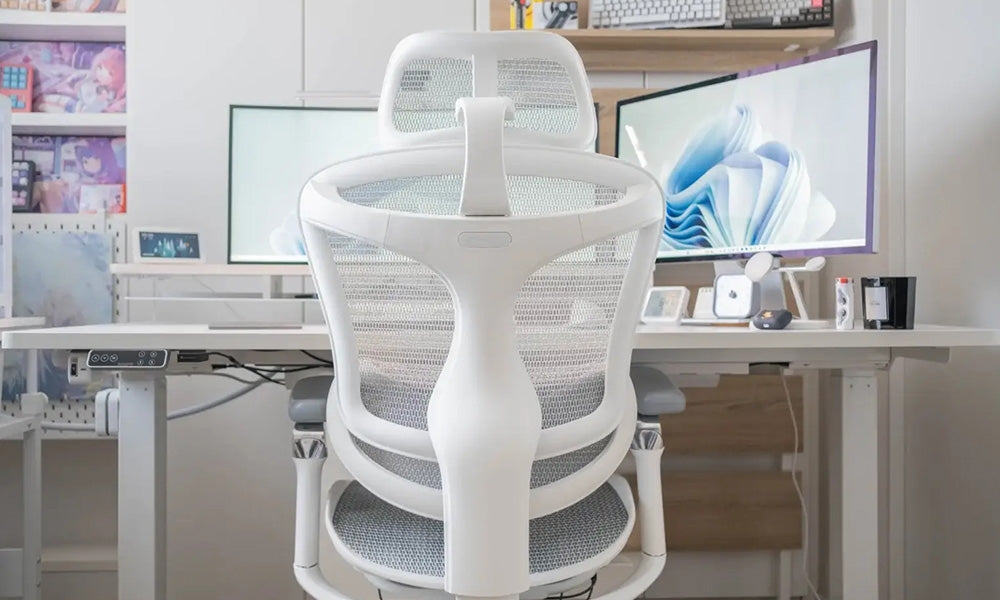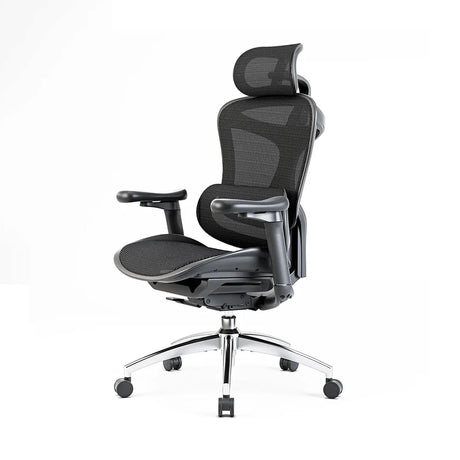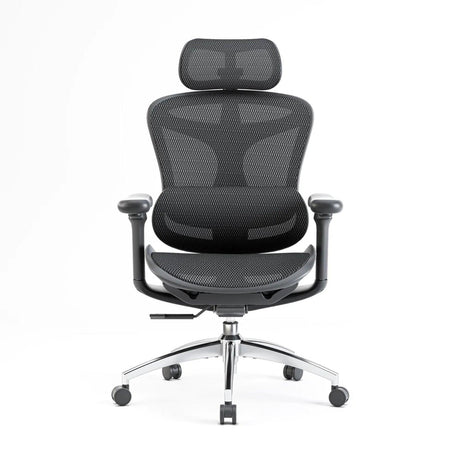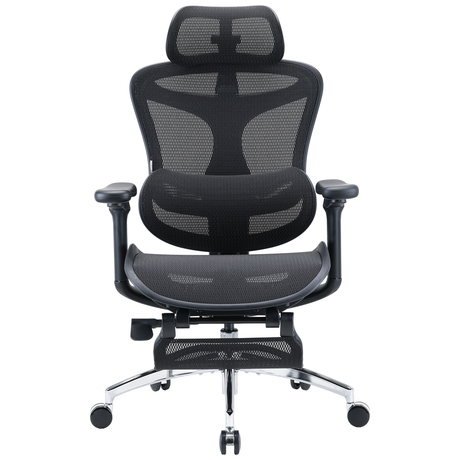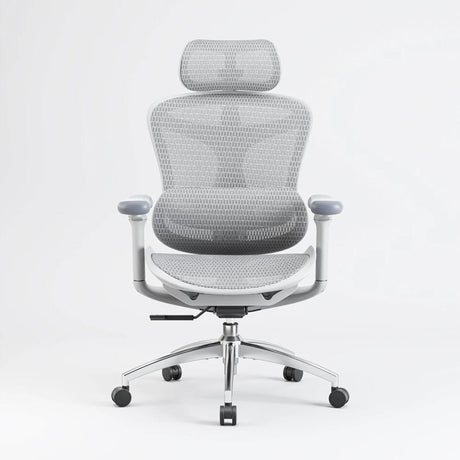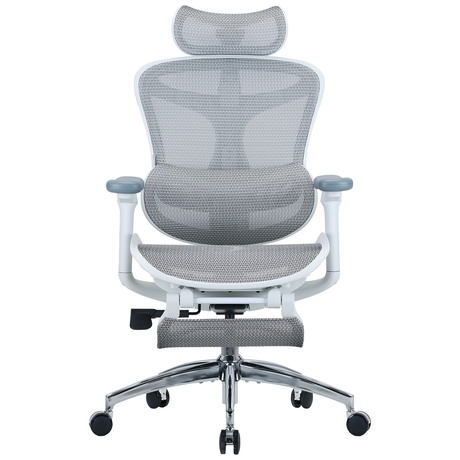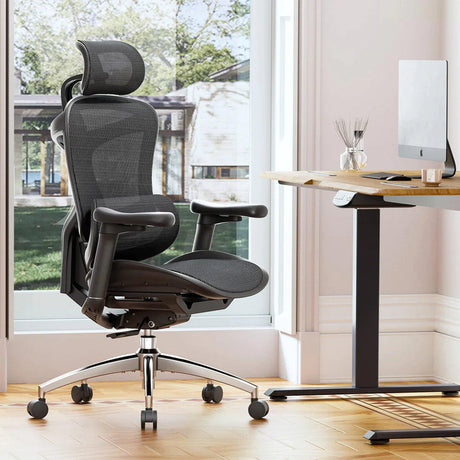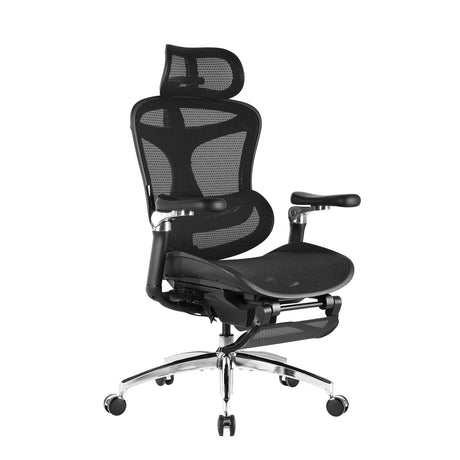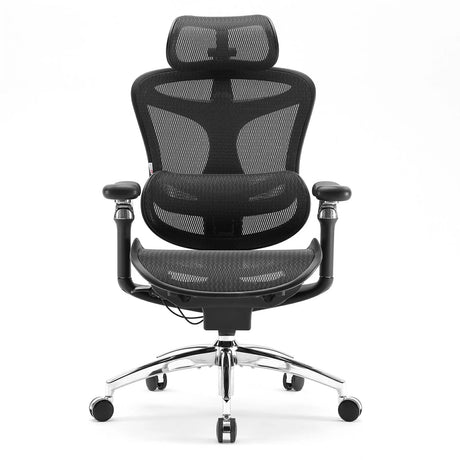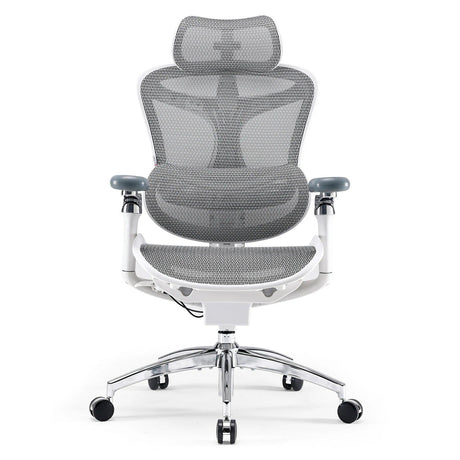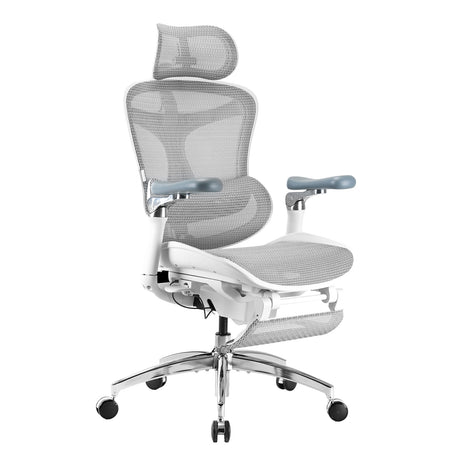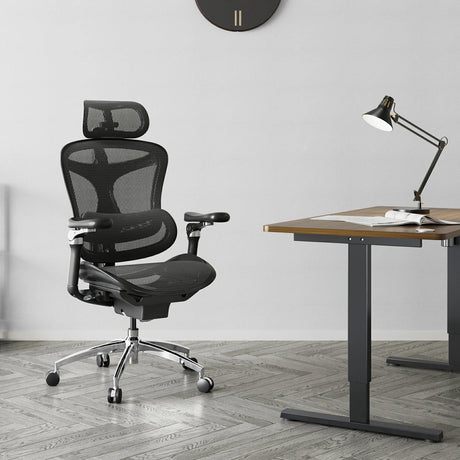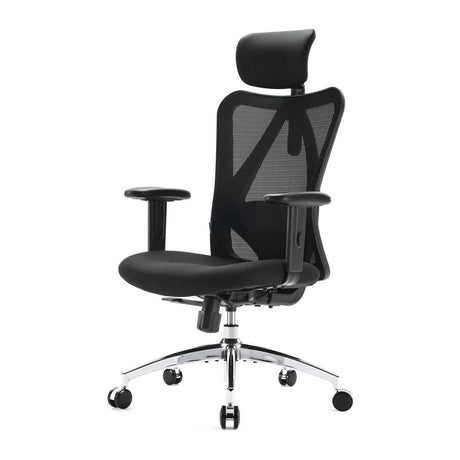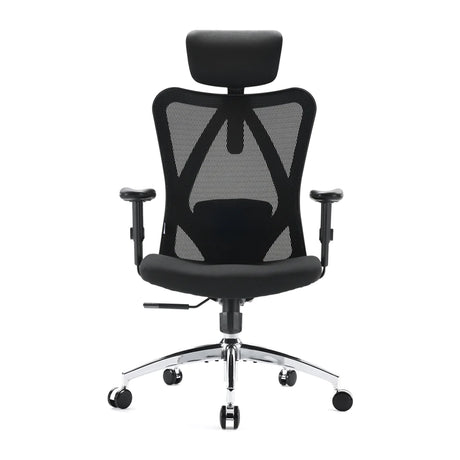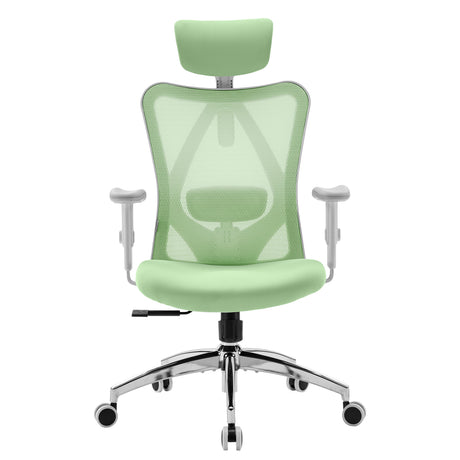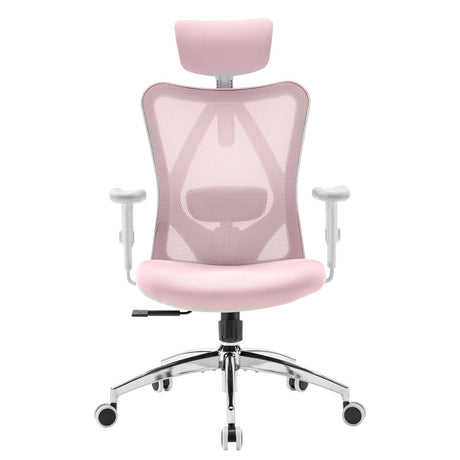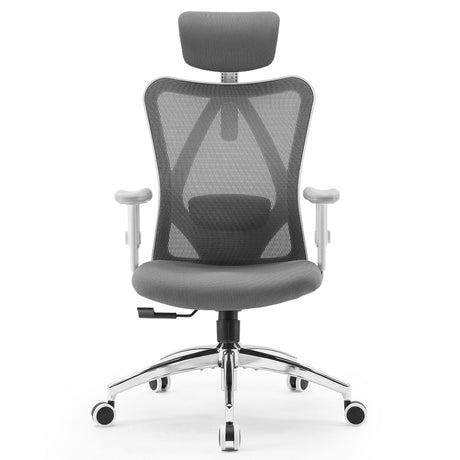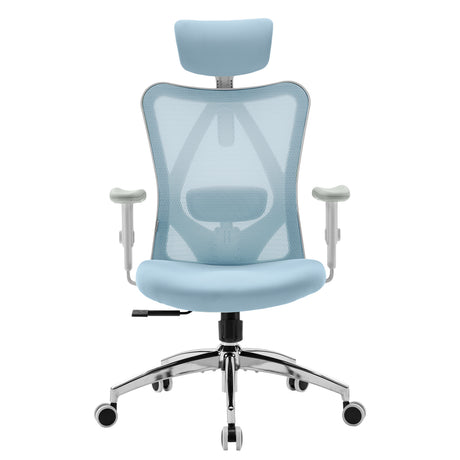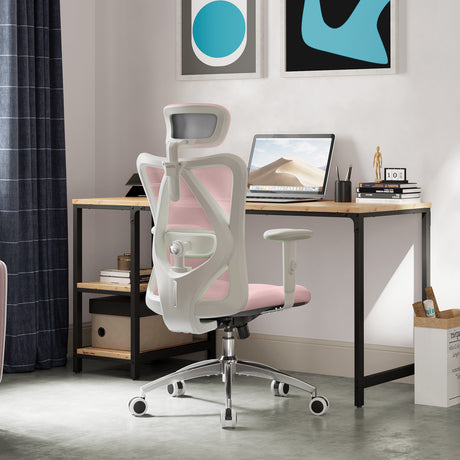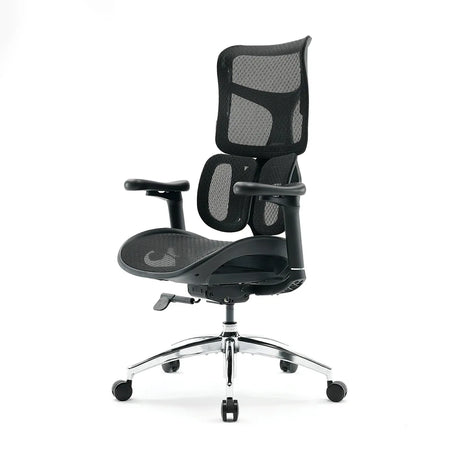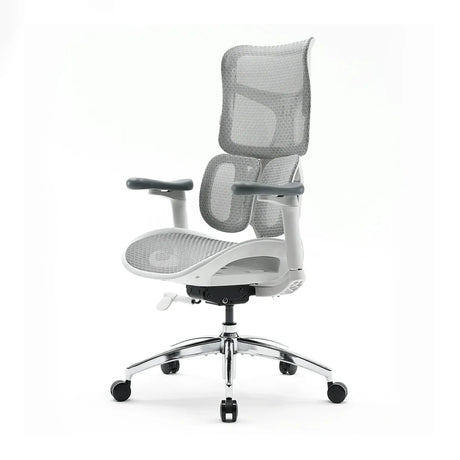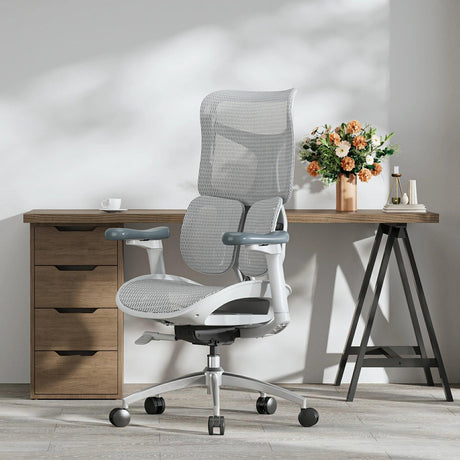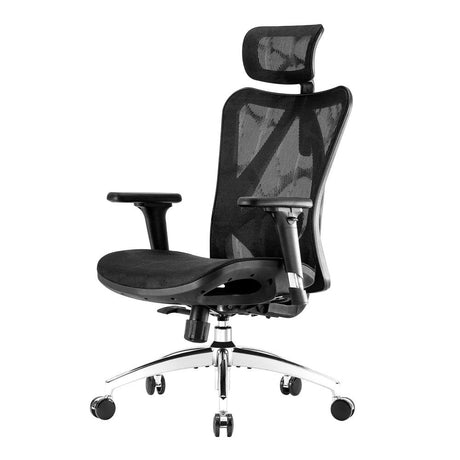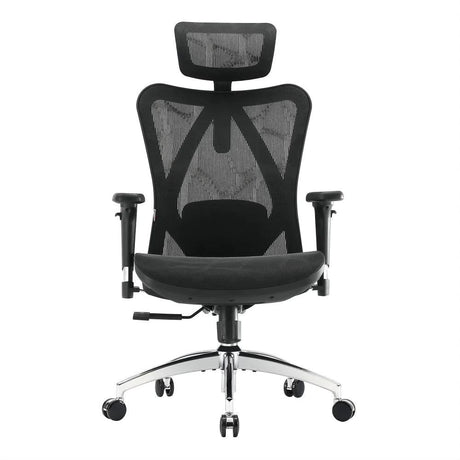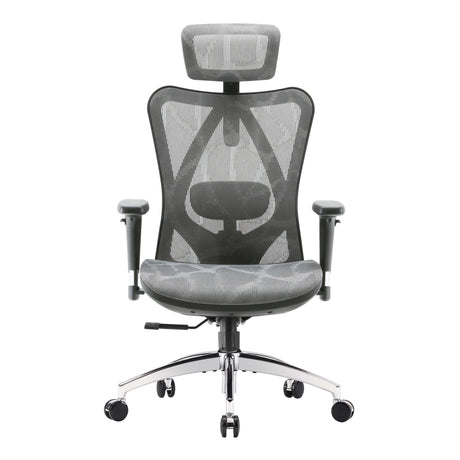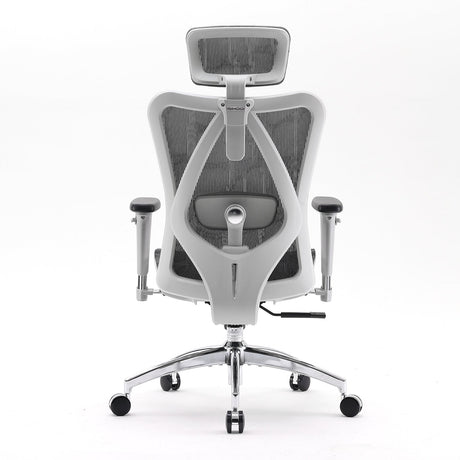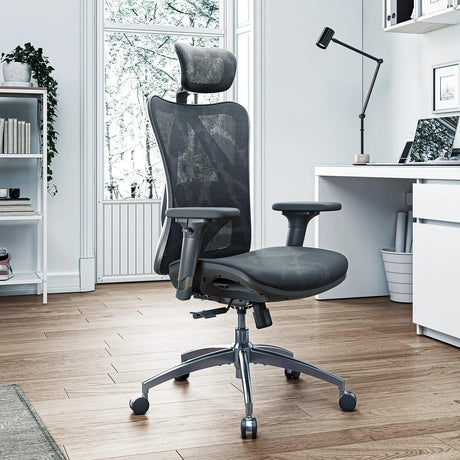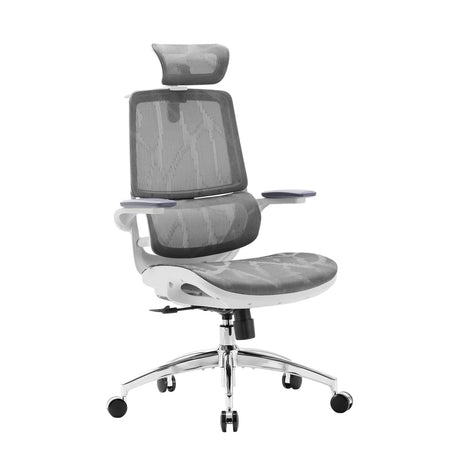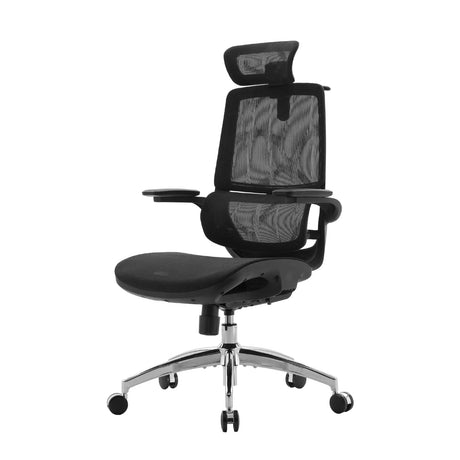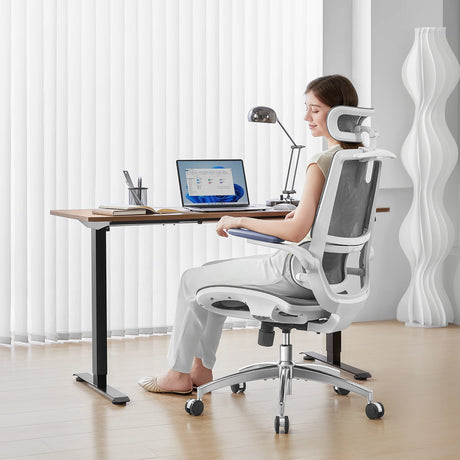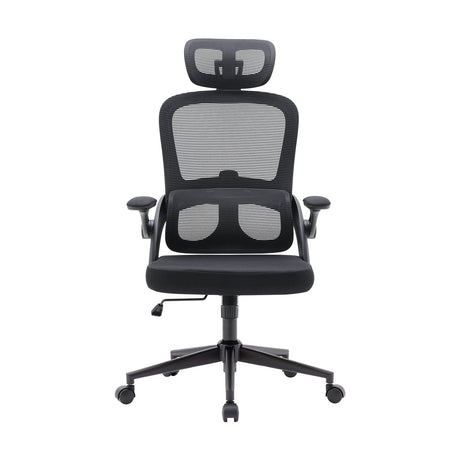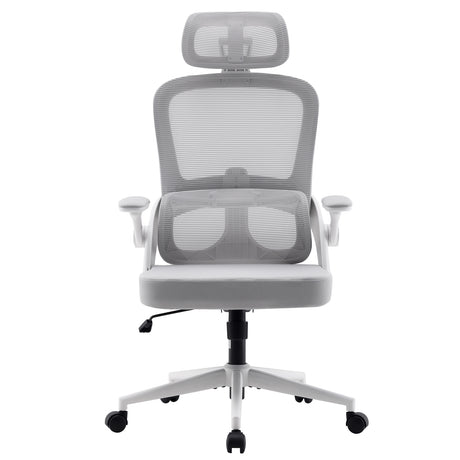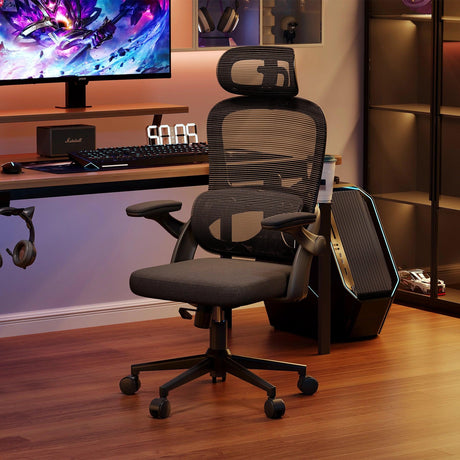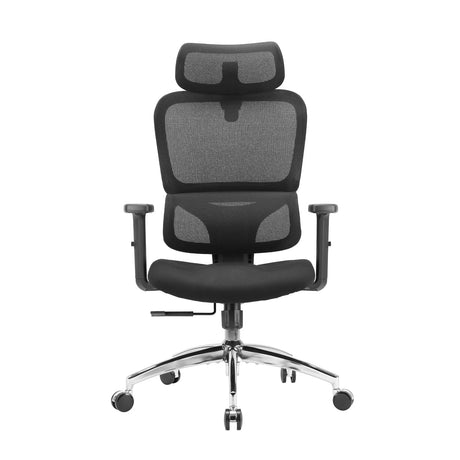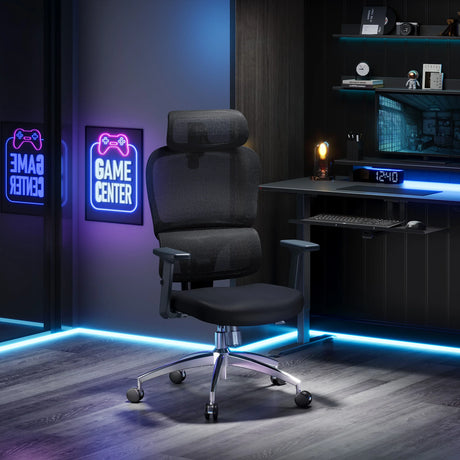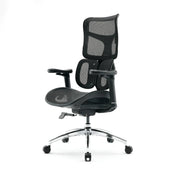If you spend 8–10 hours a day at your desk, chances are your posture isn’t doing you any favors. Slouched shoulders, a rounded back, a craned neck — these are all too familiar to office workers, gamers, and anyone who spends long stretches glued to a screen. Over time, this doesn’t just lead to temporary discomfort. Poor posture can cause chronic back pain, stiff neck muscles, headaches, reduced circulation, and even long-term spinal issues.
So, what’s the solution? You can’t simply stop working or studying. But you can create a sitting environment that helps correct bad posture rather than making it worse. And the single most important element of that environment is your best office chair.
Today, we’ll look at what makes a great chair for people with bad posture and why the Sihoo Doro C300 Pro stands out as one of the best options for long-hour computer users who need real ergonomic support.
Why Bad Posture Is So Hard to Fix
Bad posture often becomes a habit without us even realizing it. If you’ve been sitting at a desk for years, you probably default to:
- Forward head posture — leaning your head toward your screen, straining the neck.
- Rounded shoulders — collapsing inward, tightening your chest muscles.
- Slouching — letting your lower back flatten instead of maintaining its natural curve.
- Leg crossing or perching on the edge of the seat — reducing circulation and unevenly loading your spine.
The longer you stay in these positions, the more your muscles adapt to them. Over time, it becomes physically harder to sit up straight — your muscles weaken in some areas and tighten in others, locking you into poor alignment.
That’s why a high-quality ergonomic chair isn’t just about comfort. It’s about training your body to sit correctly again by supporting you in all the right places.
What Makes a Great Office Chair for Bad Posture?
If your posture is poor, you need a chair that does more than provide a place to sit. It has to support your natural spinal curves, encourage movement, and adapt to your body. Here are the must-have features:
1. Dynamic Lumbar Support
Lower back pain is one of the most common complaints among poor-posture sitters. A good chair needs lumbar support that adjusts as you move, keeping your spine’s natural S-curve in place.
2. Flexible Backrest
A rigid backrest forces you into one position. Instead, look for a flexible backrest that moves with you, especially if you tend to shift or lean throughout the day.
3. Adjustable Seat Depth
If the seat is too deep, you’ll perch on the edge. If it’s too short, your thighs won’t be supported. Adjustable seat depth allows you to sit back fully while maintaining proper leg circulation.
4. 4D or 6D Armrests
Your armrests should move in every direction — up, down, forward, back, inward, outward, and even rotate. This prevents shoulder hunching and keeps your arms at the right angle for typing.
5. Reclining with Tension Control
Reclining slightly relieves spinal pressure. Look for a weight-sensing or adjustable recline mechanism that keeps you supported while leaning back.
6. Breathable, Supportive Materials
Mesh is excellent for long hours since it’s breathable and molds to your body, while high-density foam provides consistent support without sagging.
Meet the Sihoo Doro C300 Pro: Built for Long Hours and Better Posture
If you’re looking for a chair that ticks all the boxes above, the Sihoo Doro C300 Pro is a standout choice. Designed with posture correction and all-day comfort in mind, it offers premium ergonomic features typically found in high-end chairs, but at a more accessible price point.
Here’s why it’s ideal for people who sit all day with bad posture:
1. Dynamic Lumbar Support
The Doro C300 Pro’s dynamic lumbar support automatically adjusts as you move. Whether you lean forward to type or recline to relax, the lumbar system maintains optimal contact with your spine. This helps correct that harmful “flat back” slouch many office workers develop.
2. Flexible, Self-Adaptive Backrest
Unlike rigid chairs, the Doro C300 Pro features a self-adaptive backrest that flexes with your movements. This keeps you supported in various sitting positions, helping to prevent stiffness and maintain natural spinal curves.
3. Bigger Seat with Depth Adjustment
One of the highlights of the Doro C300 Pro is its spacious seat with adjustable depth. You can customize the seat position to fit your body, which is crucial for people who tend to sit on the edge of their chair or need better thigh support.
4. 6D Coordinated Armrests
Bad posture often starts with poor arm support. The 6D armrests on the Doro C300 Pro adjust in every possible way — height, width, depth, and rotation — helping you keep your shoulders relaxed and wrists in a neutral position.
5. Smart Weight-Sensing Recline
Reclining without losing lumbar support? That’s where the smart weight-sensing chassis comes in. It automatically adjusts recline resistance based on your weight, keeping the experience smooth and supportive.
6. Breathable Premium Mesh
The high-elasticity mesh ensures airflow and prevents overheating during long work sessions, while still providing firm support for your body.
Setting Up Your Doro C300 Pro for Maximum Posture Correction
Even the best ergonomic chair won’t work if it’s not set up correctly. Here’s how to get the most out of your Sihoo Doro C300 Pro:
- Adjust the seat height so your feet are flat on the floor and your knees are at 90 degrees.
- Set the seat depth to leave a 2–3 inch gap between the seat edge and the back of your knees.
- Position the lumbar support so it aligns with the natural curve of your lower back.
- Adjust armrests so your elbows rest at a 90-degree angle with your shoulders relaxed.
- Use the recline feature to alternate between upright and slightly reclined positions.
Why the Doro C300 Pro Beats Traditional Office Chairs
Traditional office chairs often fail people with bad posture because they:
- Have static backs that don’t adapt to your movements.
- Lack proper lumbar support, leaving your spine unsupported.
- Use cheap foam that compresses quickly, encouraging slouching.
- Offer limited adjustments, forcing your body to conform to the chair instead of the other way around.
The Sihoo Doro C300 Pro solves these problems with dynamic support, extensive customization, and a design that actively promotes healthy sitting habits.
Complementary Habits to Improve Posture
A great chair is a huge step forward, but posture improvement also requires conscious habits:
- Take breaks: Stand and stretch every 30–60 minutes.
- Strengthen your core: Exercises like planks and bridges help maintain good posture naturally.
- Adjust your monitor: Keep the top of your screen at eye level to reduce neck strain.
- Stay mindful: Set reminders to sit back in your chair instead of perching on the edge.
Final Verdict: The Best Chair for Bad Posture
If you’re serious about improving your posture while working long hours, the Sihoo Doro C300 Pro is one of the best office chairs you can get. Its dynamic lumbar support, self-adaptive backrest, customizable seat depth, and 6D armrests make it a posture-friendly powerhouse — all at a price that’s accessible compared to other premium ergonomic chairs.
Investing in a chair like the Doro C300 Pro isn’t just about comfort — it’s about preventing chronic pain, improving your health, and reclaiming good posture over time.
